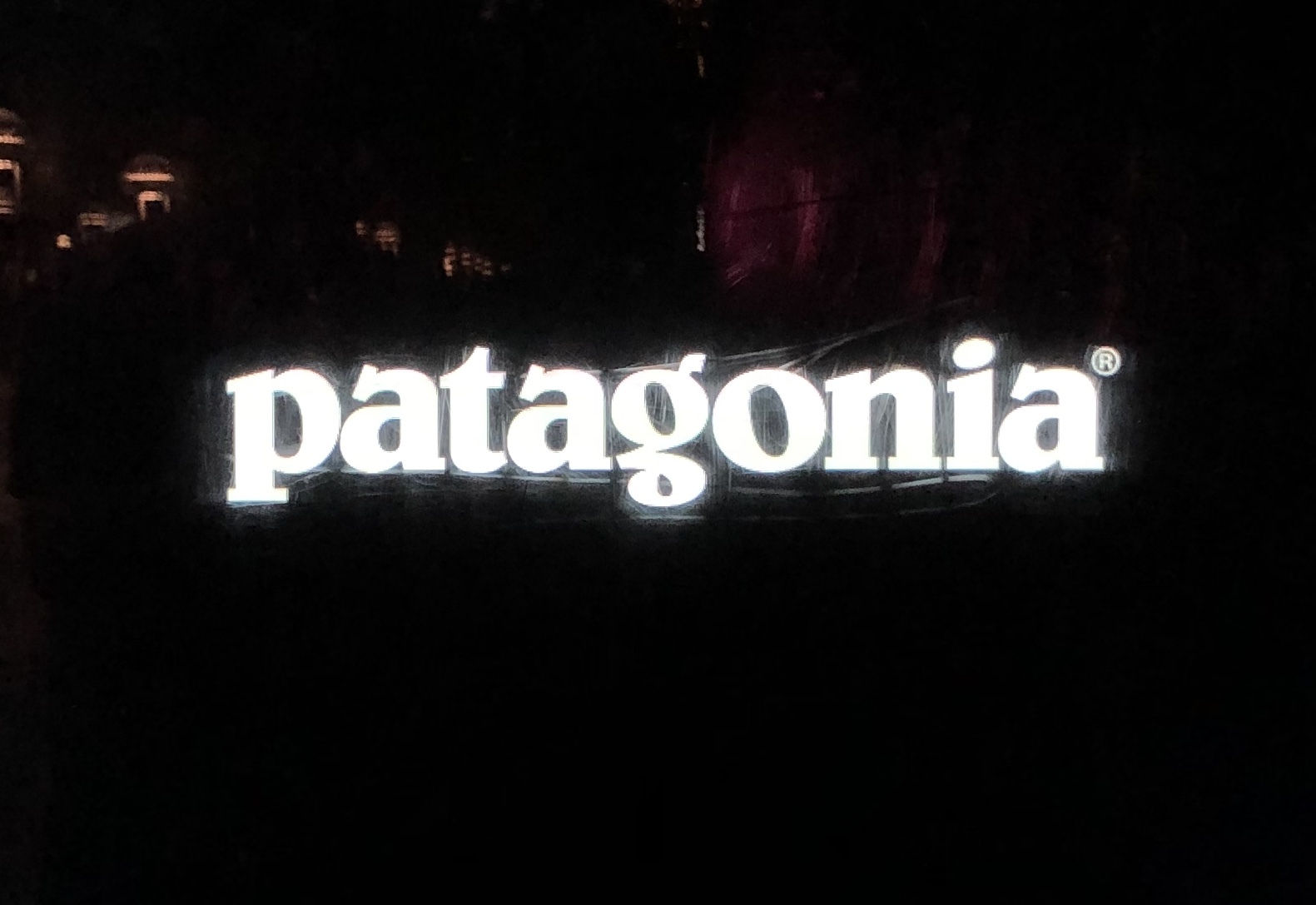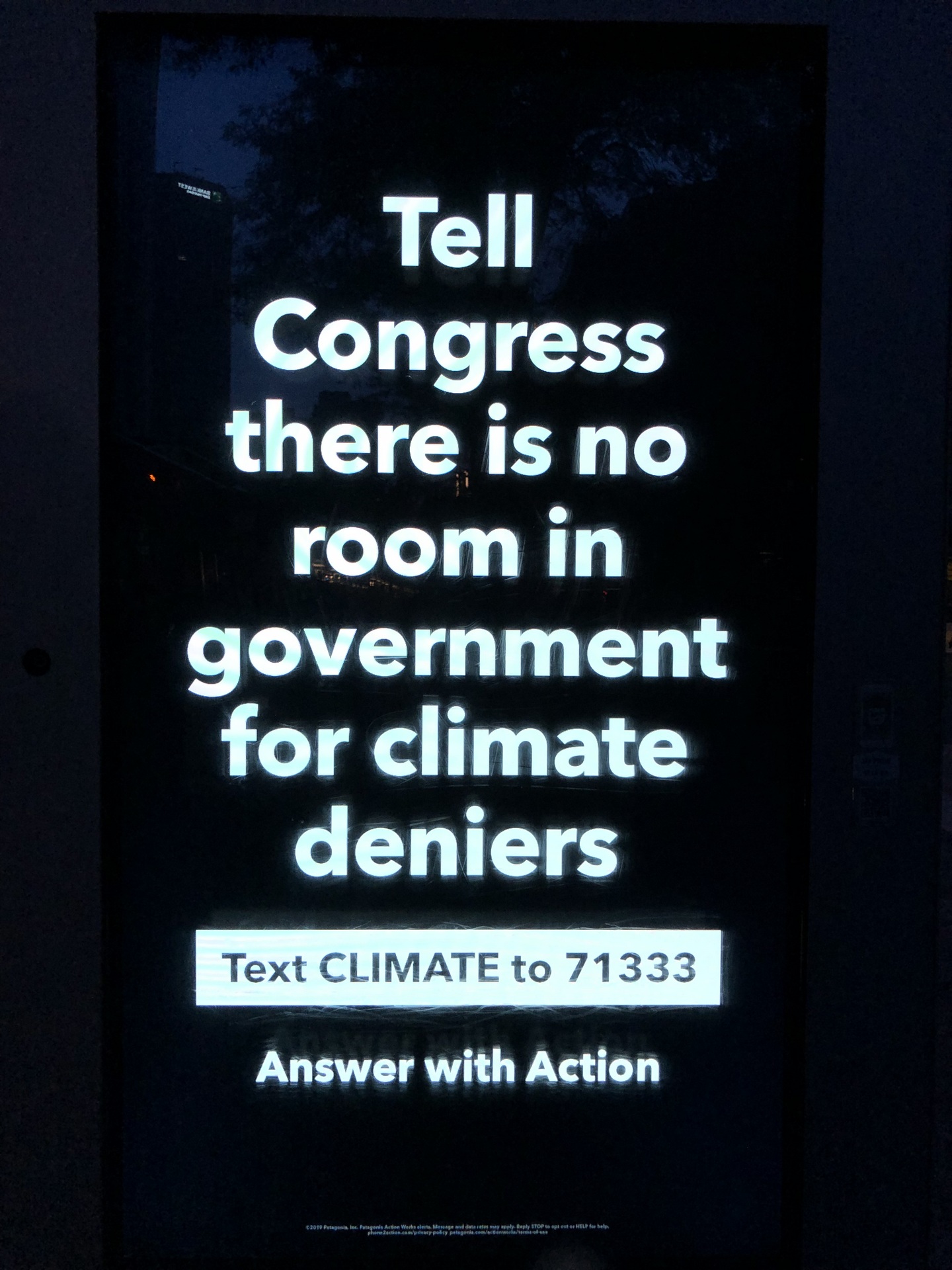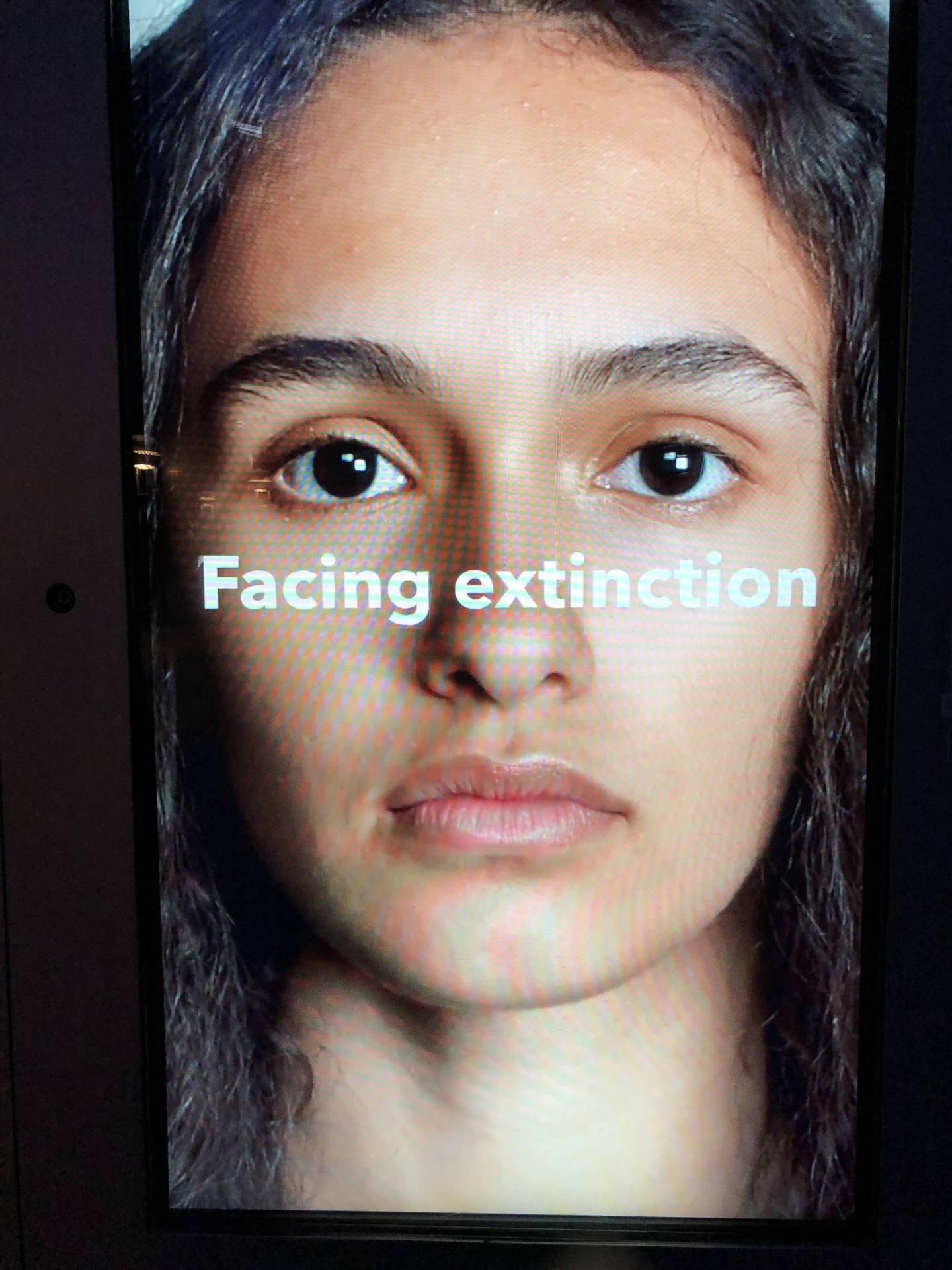Giorgia Meloni is more dangerous than Vladimir Putin (CNN and New York Times)
“The Future Is Italy, and It’s Bleak” (NYT, July 22, 2022):
Giorgia Meloni, the leader of the far-right Brothers of Italy party … could open the way for the Brothers of Italy to become the first far-right party to lead a major eurozone economy. For Europe and the country, it would be a truly seismic event.
Like other far-right parties across Europe, it is descended from a fascist or collaborationist original
Perhaps we will not all burn together in the fire. But if the far right takes over the government, in Italy or elsewhere, some of us surely will.
“Italy’s Hard-Right Lurch Raises New Concerns in Washington” (NYT, yesterday):
Italy’s election of a far-right governing coalition, … despite concern about their party’s fascist roots. … members of the Trump wing of the Republican Party embraced the rise of a nationalist whose party has roots in Mussolini-era fascism.
“Giorgia Meloni claims victory to become Italy’s most far-right prime minister since Mussolini” (CNN, yesterday):
the most far-right government since the fascist era of Benito Mussolini. … She has also called abortion a “tragedy,” raising fears for the future of women’s rights in the country.
“How Giorgia Meloni and her far-right party became a driving force in Italian politics” (CNN, Sept 25, 2022):
The National Alliance, formerly the Italian Social Movement, was unapologetically neo-fascist, formed by supporters of Benito Mussolini. … Now, the 45-year-old ultra-conservative … never wavering from a conservative agenda that puts in question LGBT rights, abortion rights and immigration policies.
A full-scale war had to unfold in Ukraine before the New York Times was prepared to call Vladimir Putin names, but Giorgia Meloni earned these monikers before taking a single official action. Maybe this means she will win the Nobel Peace Prize soon! (Barack Obama was nominated after 12 days of being in office.)
Full post, including comments
















